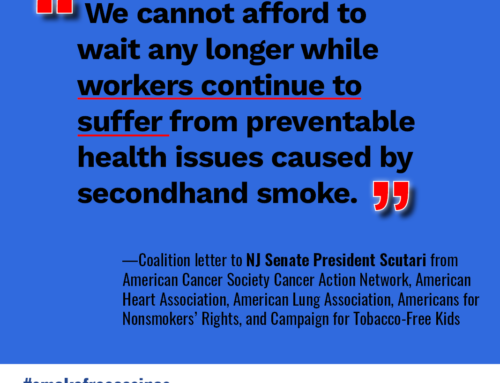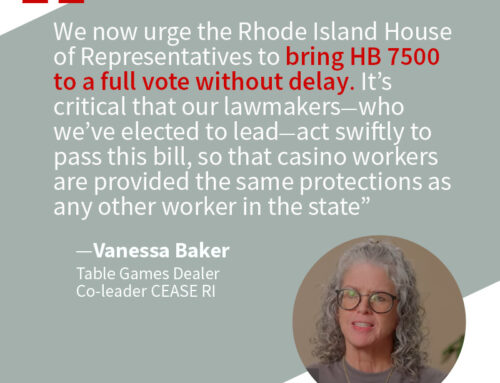The International Organization for Standardization (ISO) is an international standard-setting body headquartered in Geneva, Switzerland that produces worldwide industrial and commercial standards. These standards are often incorporated by local and national governments into building codes or treaties, giving them the status of law. Representatives of industry, research institutes, governments, non-government organizations, consumer bodies, and international organizations from all over the world participate to create ISO standards, either directly in liaison with ISO, or indirectly through a national member body.
Like the American Society of Heating, Refrigerating and Air Conditioning Society (ASHRAE) and other standard-setting bodies, ISO has a standard for indoor air quality (IAQ) and ventilation, entitled “Building environment design – Indoor air quality – Methods of expressing the quality of indoor air for human occupancy (ISO 16814).” This standard expresses the general principles of building environment design. In theory, the ISO indoor air quality standard takes into account the factors of healthy indoor environments for building occupants, and protecting the environment for future generations. In practice, however, the current ISO standard falls drastically short of protecting public health from secondhand smoke exposure. In fact, the only thing it really protects is indoor smoking. The ISO standard implies that adverse health effects from exposure can be controlled with ventilation, which is in contradiction to the World Health Organization’s position, ASHRAE’s board policy statement, the U.S. Surgeon General, and many other agencies which affirm that ventilation is not an acceptable means of dealing with health hazards of tobacco smoke since there is no safe level of exposure.
Why the smokescreen?
Up to this point, health groups have not had a voice in the process, with the exception of the World Health Organization (WHO). WHO is an organization in liaison to ISO, as well as the technical committee responsible for ISO 16814 and confirms that ventilation and smoking rooms do not protect people from secondhand smoke. Unlike other standard-setting bodies, ISO does not invite public comment and participation. ISO is insulated from public feedback, which has led to opportunities for the tobacco companies to plant its allies into decision-making positions and influence the standard.
Industry manipulation of ISO is examined in a 2001 research paper by Bialous and Yach, “Whose Standard is It, Anyway? How the Tobacco Industry Determines the International Organization for Standardization (ISO) Standards for Tobacco and Tobacco Products.”
Tobacco companies have worked to undermine ISO in order to promote an ineffective “ventilation solution” to unsuspecting countries that are unaware that ISO’s standard is neither consistent with other global standards nor that it has been manipulated by tobacco companies and their consultants for the purpose of enabling tobacco product consumption, not for protecting health.






